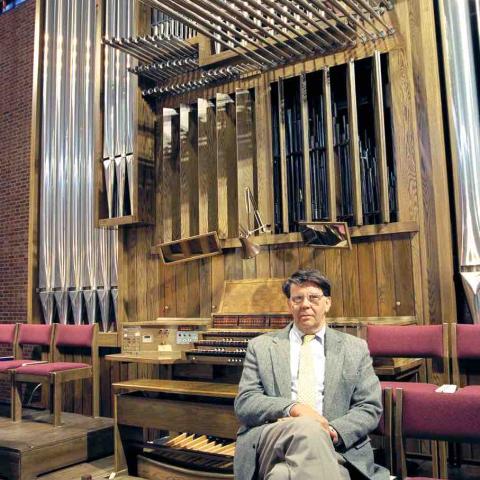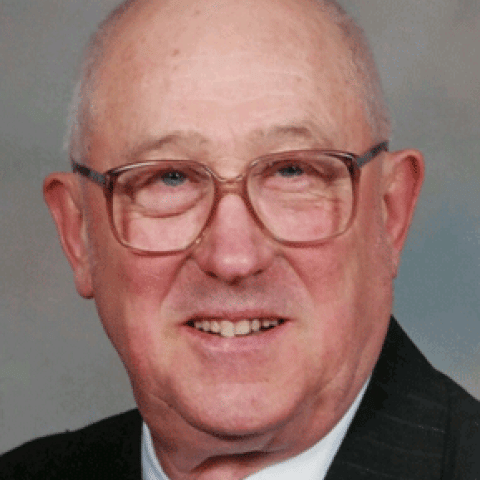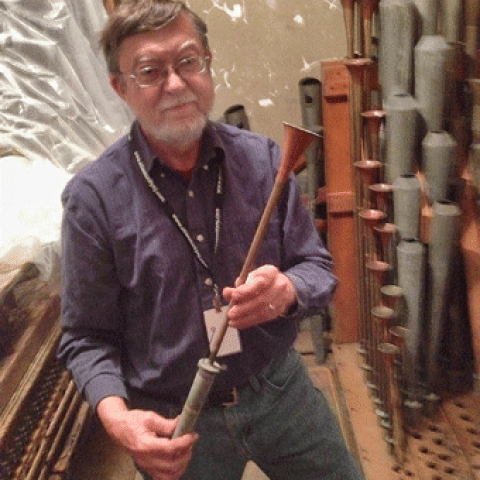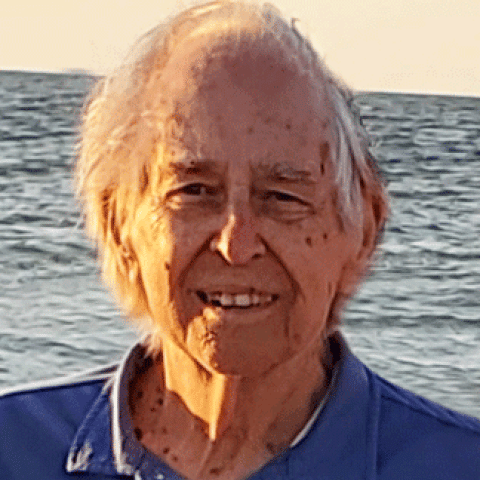
Charles George Hendrickson, 85, died in St. Peter, Minnesota, December 17, 2020. Born June 10, 1935, in Willmar, Minnesota, he graduated from Wilmar High School in 1953, Gustavus Adolphus College, St. Peter, Minnesota, in 1957, and University of Arkansas-Fayetteville in 1963 with a master’s degree in physics after building his own furnace from salvage parts based on his calculations to grow a single crystal of aluminum. He had started his graduate studies at the University of Minnesota, but then taught physics at the University of Wisconsin-Superior. While there, his interest in astronomy led him to restore the telescope tracking in their observatory to operating condition. He also built his own 6-inch reflecting telescope, grinding and silvering the mirrors himself. After graduate school at the University of Arkansas, he also taught at Union University, Jackson, Tennessee, and Northeast State University, Tahlequah, Oklahoma.
After meeting his future wife Birgitta Gillberg, he taught physics at Mankato State College. They were married in Sweden in 1964. That same year he was approached by family friend Rev. Lambert Engwall to build a pipe organ for First Lutheran Church, Winthrop, Minnesota. Having been his passion since helping with the installation of the organ at his home church during high school, this was the start of the business he would lead until his retirement. Hendrickson Organ Co. began in the Hendrickson garage in St. Peter and soon moved to a new building on the north end of town. His sons, Eric and Andreas, eventually succeeded him in the business.
Charles’s wife, Birgitta, died in 2018. Charles George Hendrickson is survived by his sons Eric and Andreas (Eva) Hendrickson, along with grandchildren Roy and Vivian.
See the article, “Charles Hendrickson: Profile of a Minnesota Organbuilder,” by David Fienen, in the June 2017 issue of The Diapason (pages 20–22).
Other recent obituaries:






